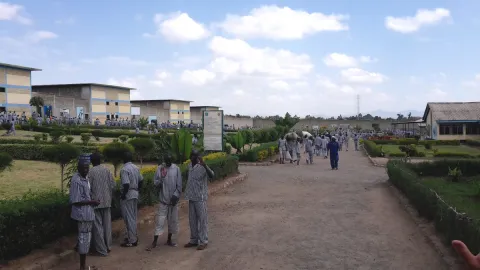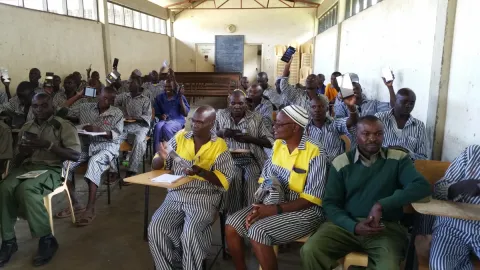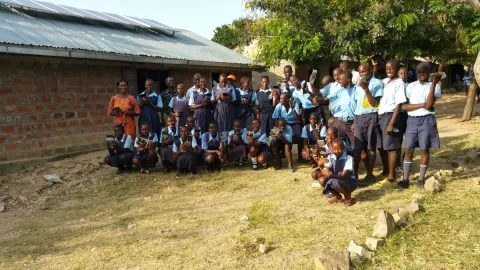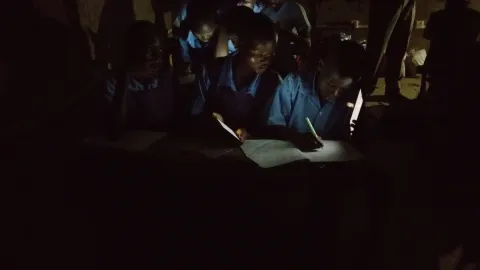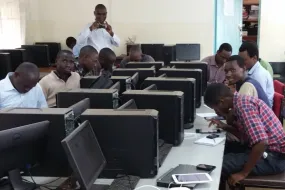
Professor Gunnar Stefánsson, and Anna Helga Jónsdóttir, Adjunct Lecturer at the Faculty of Physical Sciences took Tutor-web, an open learning system to Kenya this summer. They took the educational software to four places, including the Naivasha Maximum Security Prison. There are 2,700 prisoners in Naivasha, thereof 1,500 engaged in some form of study, from the first grade in elementary school, to senior classes in upper secondary schools. A number of students also learn various crafts.
Gunnar and Helga travelled with what they call Education in a Suitcase. The software and material has been developed at the University of Iceland funded by miscellaneous grants and thus free of charge. Crowdfunding was used to raise money for hardware. This method was used to finance the schools' network servers and each student receives a marked tablet to keep.
The places they visited did not have wireless internet, internet access is rare and electricity is unstable. The learning system is designed for such circumstances. Education in a Suitcase contains inexpensive tablets and servers that hold the course materials. In addition to the teaching material developed by Gunnar and Anna Helga, the system comes with the whole of Wikipedia and videos on mathematics from Khan Academy.
